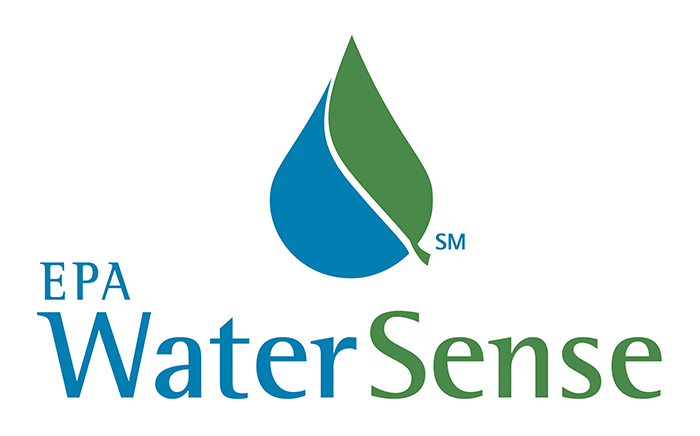Photo Courtesy of Home Energy Rx
Older, inefficient toilets can use anywhere from 3.5 to 5 gallons of water per flush, while modern, high-efficiency WaterSense® certified models consume only 1.28 gallons of water per flush, or less.
By Forum Staff
A little-known citywide initiative that can help low-income and senior property owners upgrade their plumbing with new, high-efficiency fixtures recently went into effect, according to the City Department of Environmental Protection.
Up to $1 million in funding is available for the expansion of the Toilet Replacement Program, which provides $125 vouchers and encourages property owners to replace their older toilets with high-efficiency ones, saving approximately 40 gallons of water per toilet each day.
According to DEP, older, inefficient toilets can use anywhere from 3.5 to 5 gallons of water per flush, while modern, high-efficiency WaterSense® certified models consume only 1.28 gallons of water per flush, or less. To date, over 12,400 toilets have been replaced citywide through the Toilet Replacement Program, saving a total of about 500,000 gallons of water each day.
The City noted that the program is targeted at approximately 4,300 three- and four-family property owners citywide. These owners are already enrolled in DEP’s Home Water Assistance Program, which provides a $115.89 bill credit annually to low-income, senior, and disabled households. The agency indicated that it has begun mailing Toilet Replacement Program information to eligible properties and the initiative will continue through May 2019, or while funding lasts.
According to the City, DEP is currently funding several different water conservation initiatives, including the Toilet Replacement Program, as part of a larger effort to reduce citywide water consumption in preparation for the shutdown of the Delaware Aqueduct, which is planned for 2022.
The agency noted that water conservation efforts not only help to ensure an adequate supply of healthy drinking water, they also reduce the amount of electricity, chemicals, and other costs associated with operating the water system. A 5-percent reduction in water demand in the five boroughs will decrease carbon emissions from the wastewater treatment process by more than 15,500 metric tons per year, the equivalent of removing 3,300 cars from the road or planting more than 400,000 trees and letting them grow for 10 years.
As a result of water-conservation programs in the city, the transition from frontage billing to metered billing, the roll out of Automated Meter Readers and real-time feedback about water consumption, overall water use in the five boroughs has declined to roughly 1 billion gallons a day from more than 1.5 billion gallons a day in 1980. The significant reduction occurred while the city’s population grew to 8.5 million from just over 7.1 million in the same period.

